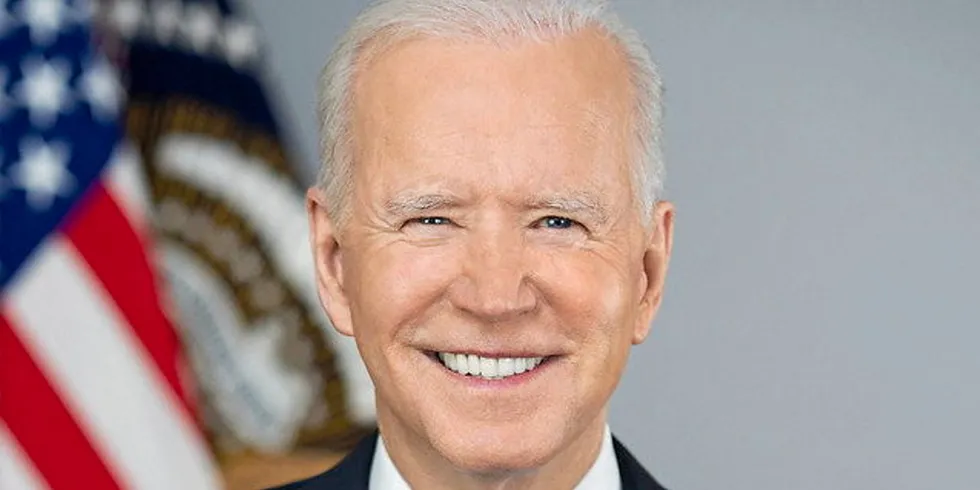Wind and solar to energise US to hit 66% clean power generation by 2035: WoodMac
Whitepaper by international research house finds two-third decarbonisation of American using wind and solar 'more than feasible' alongside carbon capture and green hydrogen
